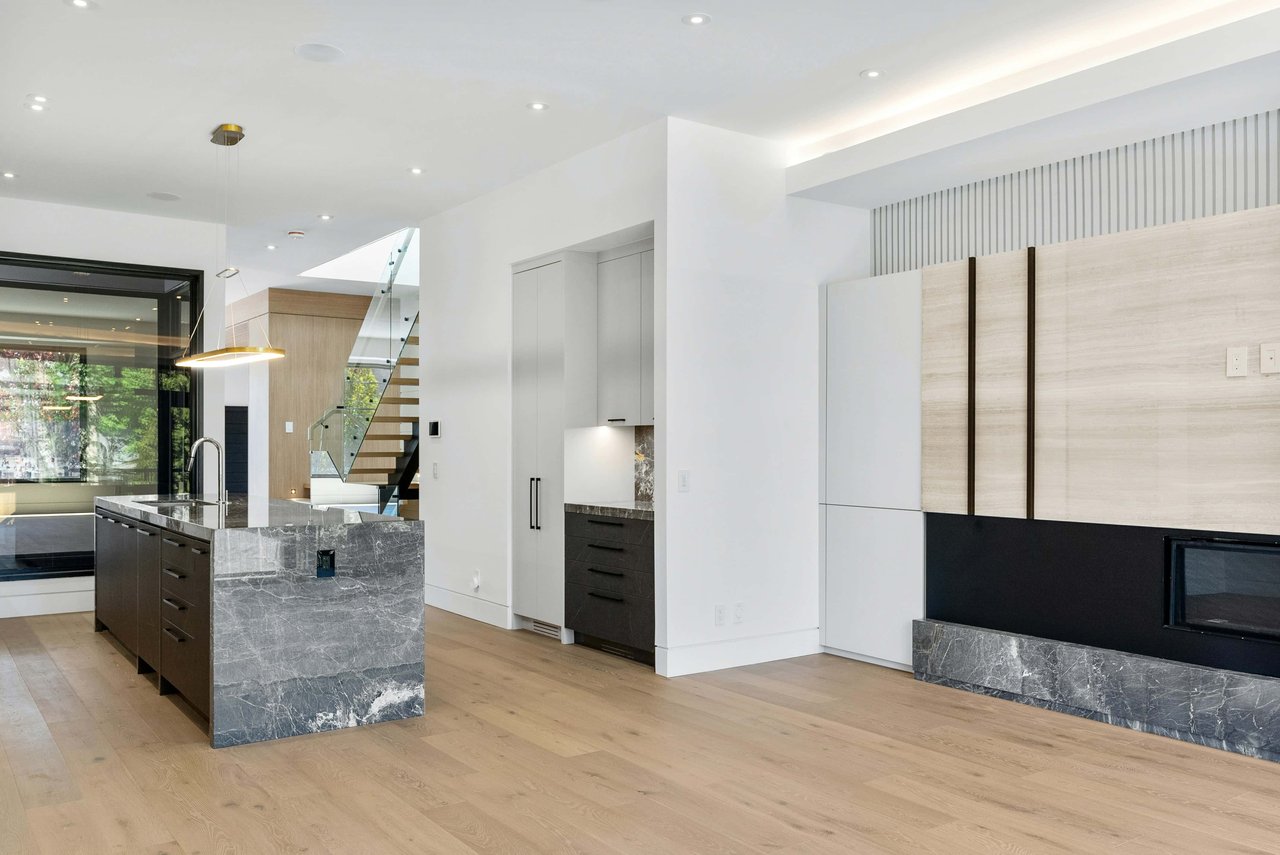I’ve seen some market reports that compare this month’s sales to the prior month and on that basis Greenwich sales of single-family homes are on a long streak of improvement since February when we had 20 sales. Each of the following months saw sales climb steadily; March – 27 sales, April – 35 sales, May – 57 sales, June – 60 sales and in July we had 70 sales. We also have 95 contracts pending which is up 9 contracts from last year.
The problem with comparing this month’s sales to last months sales and trying to make any conclusions is that real estate sales have a pronounced seasonal element. The National Association of Realtors seasonally adjusts their numbers to try to take out the skew to higher summer sales and lower winter sales. The problem with this approach is that it misses systemic changes, which is what might be happening now.
If you look at our 10-year average for sales, there is a strong peak in June with a 10-year average of 84 sales compared to May’s average of 57 sales and July’s average of 72 sales. This year we had 70 sales in July compared to 60 sales in June 2019. This pattern is a repeat of 2018 sales where we had 76 sales in July and only 68 sales in June 2018. Going back to 2006 we have had this happen only twice; once was the recession year of 2009 and the other was in 2014 when we had a big jump in sales the last few days of July.
So, we’ve now had two consecutive years with more July sales than we had in June. The question is, is this a new trend with sales happening later in the year? If so then June 2019 sales don’t look so bad. We also saw the same thing in 2018 with July contracts there up over July 2017 contracts. If this trend continues then some of the gloom and doom that pundits were focusing on in the first half may simply be a shift in sales to later in the year. (BTW: If you ever need to look at prior months statistics the Greenwich Sentinel has my articles posted at GreenwichSentinel.com until July of 2015 and I have another two years of monthly reports posted GreenwichStreets.com that have additional charts I use both of these resources several times a week to answer questions that clients and other agents have. They are free for anyone to use.)

The July increase in sales was also matched with a drop-in inventory to 640 house listing. Now this is down only three listings in total from July 2018’s 643 listings, but it means that we have worked off the bubble of inventory that we had for the prior months in 2019.
When you look just at the present state of the market today, things don’t look too bad. Our inventory is down to 615 listings our July sales were only 2 sales below our 10-year average and our contracts are up over last year. But we are still transitioning from a poor first half. For the year to date our 296 sales are down 55 sales or 16% from last year. Lower sales for the year so far have led to an increase in months of supply for the year. We are up 2.3 months of supply for 2019 to 15.1 months from 12.8 months of supply at the end of July last year. That is not a great number.
We do have some residual bad news hangover. Three price categories have both higher inventories and lower sales for both the month of July and year to date. The curious thing is that these price categories are spread throughout the price ranges and isolated from good price ranges around them. Whenever you have transition months, things look confused, but if you have a listing from $600K- 800K or from $1.5M – 2.0M or from $4M -5M. It is more of a buyer’s market than it was last year.
| As of 8/2/2019 |
Inventory |
Contracts |
Last Mo. Solds |
Last Mo Solds+ Contracts |
YTD Solds |
YTD+ Contracts |
Mos Supply |
Mos w/ Contracts |
Last Mo. Annlzd |
| < $600K |
5 |
4 |
1 |
5 |
9 |
13 |
3.9 |
3.3 |
5.0 |
| $600-$800K |
26 |
7 |
2 |
9 |
16 |
23 |
11.4 |
9.6 |
13.0 |
| $800K-$1M |
24 |
7 |
11 |
18 |
29 |
36 |
5.8 |
5.7 |
2.2 |
| $1-$1.5M |
65 |
15 |
12 |
27 |
57 |
72 |
8.0 |
7.7 |
5.4 |
| $1.5-$2M |
96 |
18 |
11 |
29 |
46 |
64 |
14.6 |
12.8 |
8.7 |
| $2-$3M |
136 |
24 |
15 |
39 |
67 |
91 |
14.2 |
12.7 |
9.1 |
| $3-$4M |
98 |
7 |
9 |
16 |
34 |
41 |
20.2 |
20.3 |
10.9 |
| $4-$5M |
58 |
6 |
1 |
7 |
13 |
19 |
31.2 |
25.9 |
58.0 |
| $5-6.5M |
48 |
3 |
4 |
7 |
10 |
13 |
33.6 |
31.4 |
12.0 |
| $6.5-$10M |
51 |
2 |
2 |
4 |
10 |
12 |
35.7 |
36.1 |
25.5 |
| > $10M |
33 |
2 |
2 |
4 |
5 |
7 |
46.2 |
40.1 |
16.5 |
| TOTAL |
640 |
95 |
70 |
165 |
296 |
391 |
15.1 |
13.9 |
9.1 |
On the flip side, inventory is down noticeably from $880K – 1.5M and from $5 – 6.5M. These markets which had looked weaker this year are matching lower inventory and sales similar to last July.
Hidden in the sales numbers is a significant improvement in months of supply from $6.5M – 10M where we are down 37 months of supply from a bad 72 months of supply to 34 months of supply this year. Now a little under 3 years of supply is not great, but it’s a lot better than 6 years of supply in 2018.
The other area that stands out is the $2 – 3M where whose inventory is down to only 21% of the market but has 23% of sales YTD and 25% of the contracts. This should continue to look good in August due to the number of contracts.














